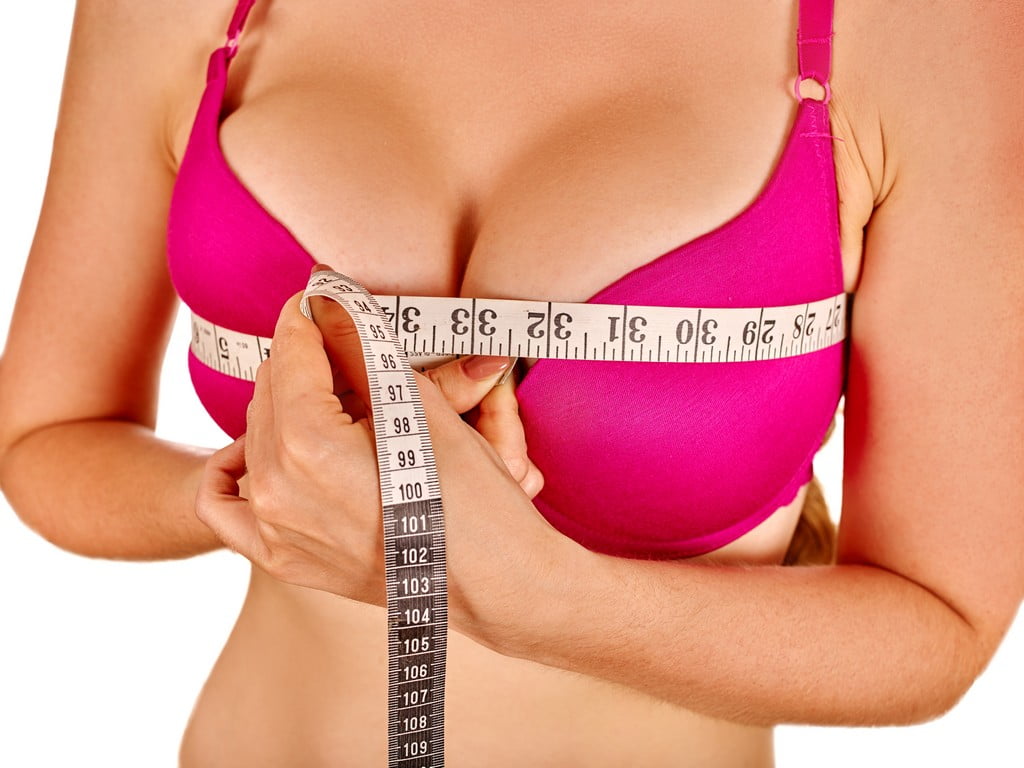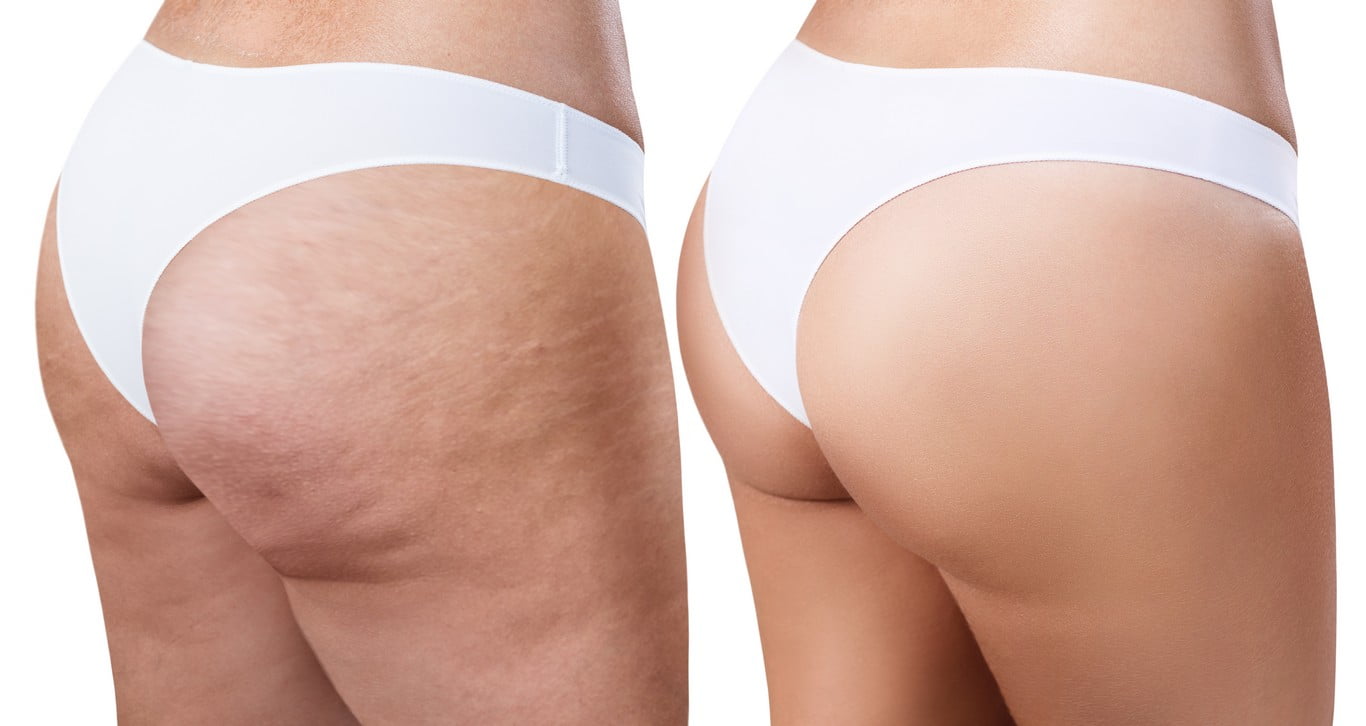Breast augmentation remains one of the most popular plastic surgery procedures among women of all ages. Nearly 67,000 women had breast augmentation in Germany in 2019, of which 83% were treated with implants and 17% with fat transfer. If you are thinking about joining this statistic soon, you probably have many important questions about breast augmentation. Here are answers to the most common questions women have about the procedure – from whether it’s right for you to the best results.
Will the breasts look natural?
One of the first breast augmentation questions many women have is whether or not their breasts will look real with implants. Breast implants and surgical techniques have evolved to the point where breast implants can look quite natural. Things like breast implant rippling (capsular fibrosis) can cause your breasts to look unnatural. Some ways to avoid this are to choose a board-certified plastic surgeon who has experience with breast augmentation, and to choose an implant size that is not too large for your body. Implant placement is also important. An experienced plastic surgeon will customize your breast augmentation to fit your individual body and personal desires.
Who is breast augmentation suitable for?
Breast augmentation is suitable for women who are in good general health and who desire larger breasts. However, inserting breast implants is not advisable for women whose breasts are not fully developed. Another important factor in breast augmentation with implants is realistic expectations of women about the expected results of the treatment.
Which type of implant is better: saline or silicone?
Both saline and silicone implants have their own unique benefits, and the models may suit different people. Many women feel that silicone breast implants better mimic the look and feel of natural breast tissue. Silicone implants for cosmetic purposes are approved for women over the age of 22, while saline cosmetic implants are available for women 18 and older. Talk to your plastic surgeon about whether saline or silicone implants are best for your body type and expectations.
How do I know what size I should get?
The ideal size for you depends on your body type, existing breast tissue and your specific beauty goals. A size that looks good on one person might look completely inappropriate on another. That’s why it’s more important to think about proportion than size. Your plastic surgeon can help you find the right implant size for you.
Does breast augmentation help with sagging breasts?
Sometimes breasts can appear slightly saggy due to a loss of volume in the upper parts. Implants can help in such cases, but only a breast lift can truly lift your breasts and eliminate excess skin. You may get the best results from a combination of breast implants and a breast lift. It is best to consult with our plastic surgeons who have the appropriate experience with breast lifts and breast implants to help you make your decision.
What is the healing process?
Immediately after your surgery, you will need to rest and relax at home for a few days. After that, you can slowly return to your daily routine, but you will not be able to do any heavy lifting or strenuous activity for a while. Most women can return to work one week after breast implants are placed. Your plastic surgeon will give you detailed instructions on the recovery process and can create a recovery schedule tailored to you.
What is “Drop and Fluff”?
If you’ve read up on breast augmentation procedures, you’ve probably come across the term “drop and fluff.” This strange-sounding term refers to the process by which your breast implants soften and take on a more natural shape. It can take several months for the muscles around your implant to relax. Just know that your initial results will likely be quite different than your final results.
How long do breast implants last?
You may find different guidelines on the longevity of breast implants. Some plastic surgeons may recommend replacement after 10 or 15 years. However, most will tell you that this is not necessary as long as you do not have any problems with the implants. While breast implants are not made to last a lifetime, many women can keep their implants in place for the rest of their lives without complications or need for replacement.
For what reasons might implants need to be replaced?
If an implant ruptures, it will need to be replaced. When a saline breast implant ruptures, it is immediately apparent because the saline leaks out very quickly and the implant deflates.
It is much more difficult to determine if a silicone implant has burst because the gel can leak very slowly. For this reason, women with silicone implants are sometimes advised to have regular MRIs to make sure no ruptures have occurred. Other reasons to consider replacement are that you are not happy with the size, placement or overall appearance of your implants.
Can I breastfeed with implants?
The short answer is: most likely. Of course, each woman’s experience is different and may depend on the placement of your implants and your incisions. Most women who have implants have been able to breastfeed successfully if they so desired. During your breast augmentation consultation, talk to your plastic surgeon if you would like to have children someday and wish to breastfeed them when you do. This way, you can develop a breast augmentation plan that will least affect your ability to breastfeed.
Do you have more questions about breast augmentation? Then contact us anytime or submit a request for treatment. We will be happy to advise you! Free of charge, discreetly and without obligation.







